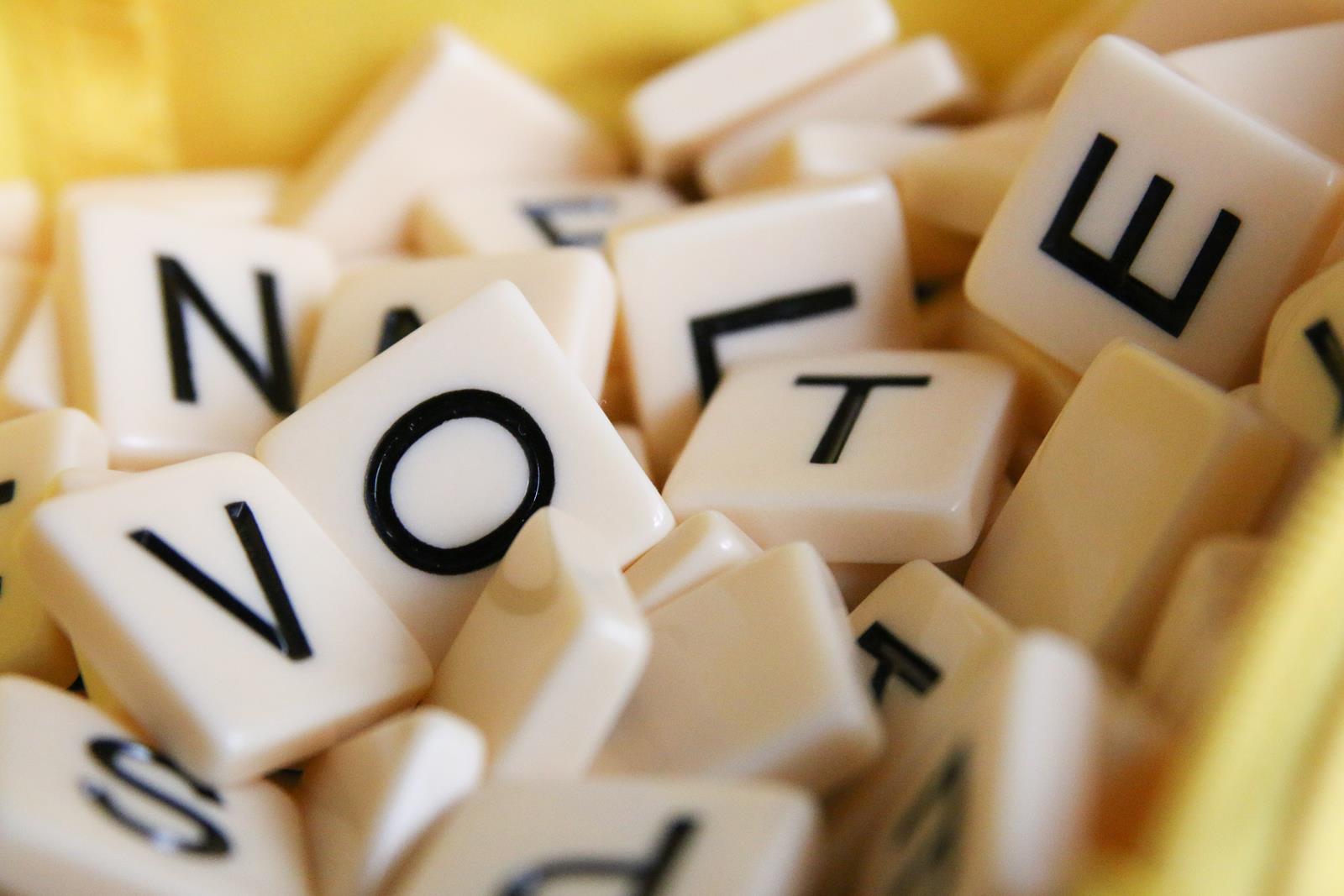A strong relationship between politics and the visual arts, especially between various types of visual art and contemporary politics and societal power, occurs over many different historical periods and cultures. The visual arts often take on social and political dimensions, themselves becoming a focal point of social debate and even a potential force of societal change. For example, artists in early America frequently used political iconography as a means of commenting on issues of racial segregation and prejudice. At the same time, artists from pre-modern times were won’t to portray life under authoritarian rule, using distorted images of human subjects as a means of communicating their rage against the establishment. Both forms of art found their place in politics and were regularly displayed at public gatherings.
Photography also has a long history of capturing politics in the forms of political propaganda and war. In fact, photography has often been called into play during political conflicts since its earliest days. In World War I, photographs taken by British Army photographers showed stark political differences between sides of the war’s theaters. On the one hand, British newspapers printed pictures of devastating aerial bombardment of German cities, contrasting them with those of an apparently victorious German force. In World War II, photographic documentation became an invaluable tool for propagandists as it provided vivid detail of German air raids and military victories. In addition, political cartoonist such as Bertram Macdermid painted trench posters which often showed gruesome renditions of German soldiers while they summarily executed German prisoners of war.
The work of William Collins is perhaps most renowned for his iconic images of naked women executed in positions of forced nudity after being raped. These photographs, which are still available today, served to bolster public morale in the fight against the Nazis. However, other photographers depicted subjects depicted in a less offensive manner. German soldiers, for instance, were routinely photographed smoking cigarettes and relaxing by a pool or on a beach. Others showed uniformed German soldiers on the battle field. One of the great tragedies of the First World War was the widespread display of images of naked German soldiers while they died of exhaustion or disease.
Although these types of photography were not meant to cause political awakening, they did contribute to the growth of post-war political awareness and activism. Photographic imagery helped human rights advocates draw attention to the brutality of the fighting in Germany and to the abuses of the German regime towards its population. In response, the world quickly took note of the brutality of war and the lives that were lost in it, prompting nations to set up international institutions to support these victims and to prevent the recurrence of such acts of violence.
Photography and visual arts have long been considered an integral part of politics; politics cannot be understood without the visual medium. It is in this context that political cartoons, illustrations, and imagery emerged, as visual tools which were meant to speak on behalf of oppressed populations. With time, these visual tools have grown into powerful tools for disseminating social messages and organizing political protests. Today, politics and visual arts work hand in hand through online social media platforms, as users circulate politically charged cartoons and images via social media channels.
With new pressures are coming to the forefront of online content, we are witnessing the emergence of a new form of politics: aesthetics. As more people turn to social media platforms to socialize and connect with friends and loved ones, there is a new need to think about the impact of visual culture on politics. The political cartoonist Matt Wagener, known for his politically charged and socially conscious comics such as “People’s Face” and “Redneck Jesus”, has responded to new pressures by stepping outside traditional norms of what constitutes an artistic work. He has used his artistic freedom to challenge conservative views of the right and the wrong, drawing criticism from both sides of the political fence.
This type of politically engaged art had initially started in countries like Turkey, where artists developed political cartoons and murals in support of specific causes. However, with the increasing popularity of Twitter and other visual social media platforms such as Instagram, Facebook and MySpace, more artists are drawing on these platforms to engage directly with their audiences. Some even use Twitter to promote upcoming political events. The use of visual arts in politics was bound to rise as more people took to Twitter to express themselves more creatively and politically. Artists across the globe began to use online social media platforms as a platform to create political cartoons that spread through viral ways.
The medium of painting in politics has also given voice to those who might otherwise be silenced by established norms of traditional art. Turkish artist Burcilar was one of the first to draw on social media platforms as a way to speak out. He has used Twitter to share his political views, created art pieces that showed political content while being visually captivating at the same time. Others have also tried using visual arts in politics by creating videos that depict the fight against corruption and inequality that is currently prevalent in Turkey. Politics and visual arts have entered a new era where art can not only be seen but heard as well. Art and politics are now a sub-genre of popular culture.

